
Best Management Styles for Each Personality Type (With images
The Myers-Briggs Type Indicator, or MBTI, is one of the more popular personality tests around. It assigns people a four letter type based on four personality components. Types are broken down between: Introversion or Extroversion, I versus E; Sensing or Intuition, S versus N; Thinking or Feeling, T versus F, and; Judging or Perceiving, J versus P

MyersBriggs Type Indicator (MBTI) Overview LEADx
The Myers-Briggs Type Indicator (MBTI) is an assessment of personality based on questions about a person's preferences in four domains: focusing outward or inward; attending to sensory.

Absolute Truth. N vs. S MyersBrigg Mbti personality, Infp
Let's dive into four key comparisons. 1. The 9 vs 16 type system To categorize and describe different personalities, both the Myers and Briggs system and Enneagram use 'types' or categories. Myers and Briggs has 16 possible personality types, resulting from four opposing personality functions, also called dichotomies, preferences or scales.
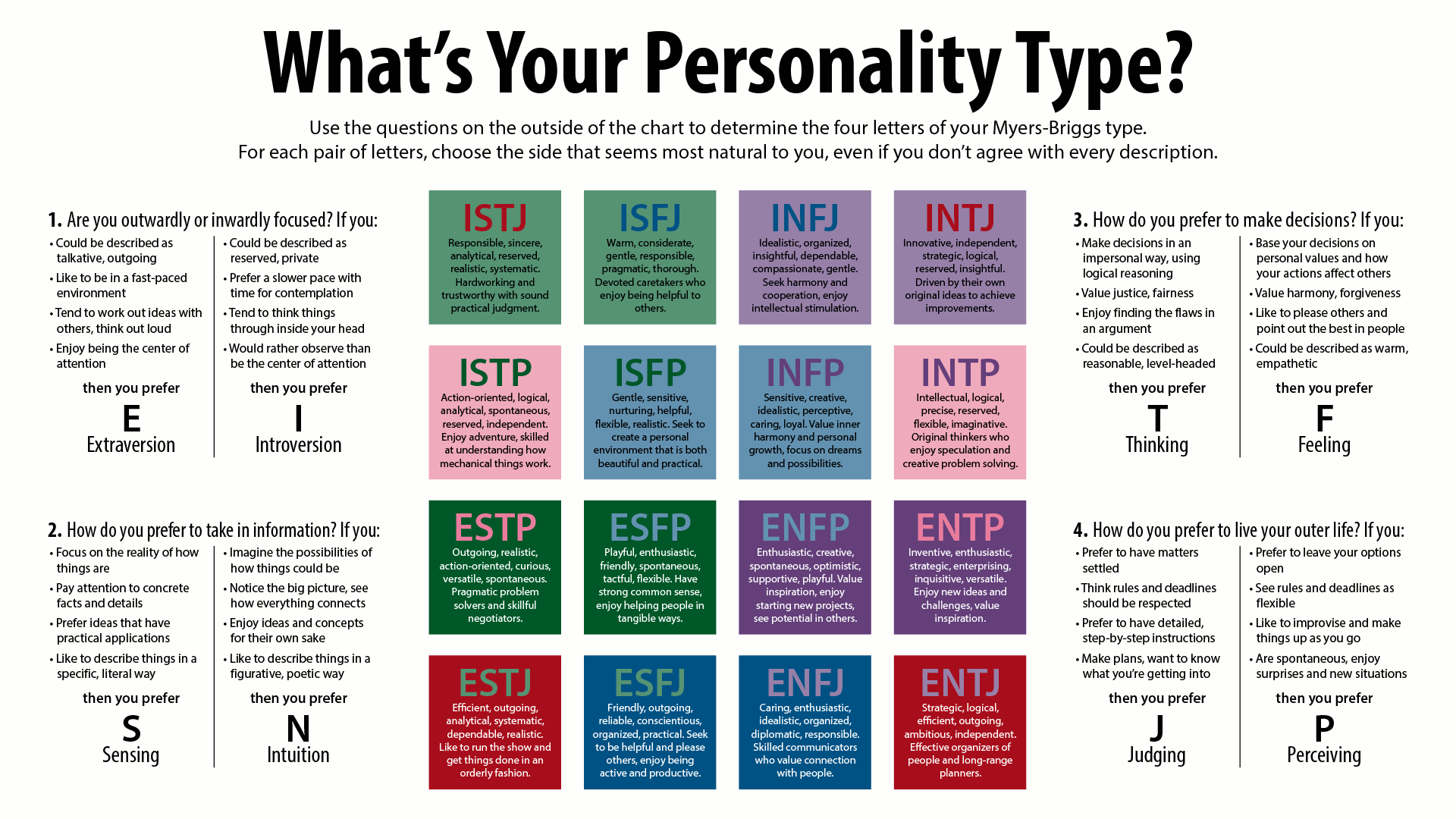
FileMyersBriggsTypes.png Wikipedia
In Myers & Briggs' personality typing, the Sensing/Intuition dichotomy describes how a person takes in information, whether through sensory-based experiences or by intuitively recognizing factual patterns and connections. Find your type

Sensing vs. Intuition Judging vs perceiving, Personality psychology
In the Myers-Briggs® system, Sensors have an "S" as the second letter of their type code (for example: E S FJ) while Intuitives have an "N" as the second letter of their type code (E N FJ).

Pin by Kaye Smith on Personality types Personality types chart
The S vs. N dimension indicates how one identifies, interprets and relates to data, which in turn can influence transition behavior. Sensors tend to be detail-oriented and linear, valuing facts and historical precedents.
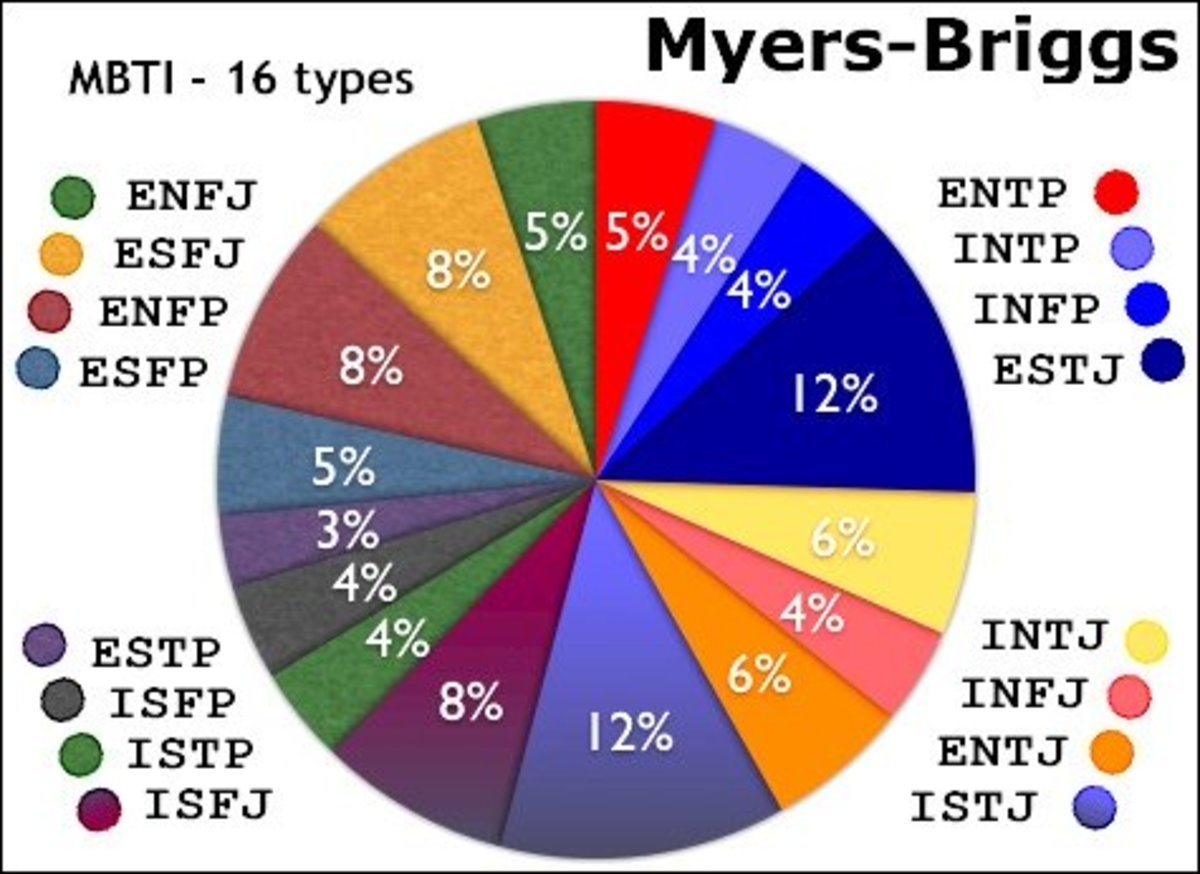
The History and Significance of the MyersBriggs Personality Test
S is more interested in practical things (new or not), N is more interested in new things (practical or not). There's overlap, of course, in things that are both new and practical.
Myers Briggs Type Indicator (MBTI) Learning Styles by Tracy Atkinson
Created by renowned psychiatrist Carl Jung and popularized since the 1940s, the Myers-Briggs Type Indicator (MBTI) uses tailored questions to find your combination of four sets of opposing traits: introverted versus extroverted; sensing versus intuitive; thinking versus feeling; and perceiving versus judging.

Perbedaan S Dan N Mbti Types IMAGESEE
The Myers-Brigg typology is based on Jung's theory of psychological types. It was constructed by the mother and daughter team of Katherine Cook Briggs and Isabel Briggs Myers. Katherine Briggs.
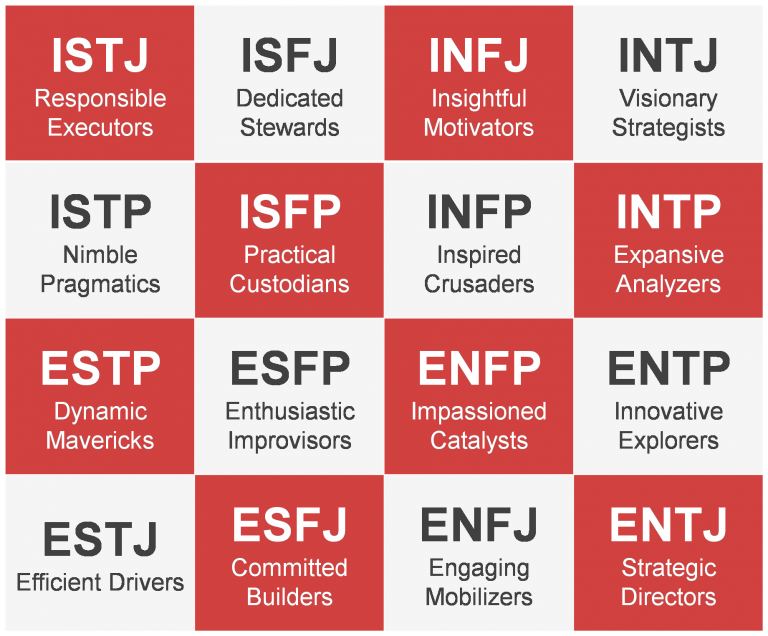
Myers Briggs Type Indicator ® (MBTI) OEC² Solutions LLC OEC²
MBTI, short for Myers-Briggs Type Indicator, is a personality metric developed by and her daughter Isabel Briggs Myers, based on Carl Jung's theory on psychological types. Carl G. Jung introduced in the theory of psychological types in the 1920s by. Katharine Cook Briggs and her daughter, Isabel Briggs Myers, developed the MBTI tool in the 1940s.. Millions of people worldwide have taken the.

Myers Briggs Personality Types Infographic Template Images
Core Theory Mind: Intuitive (N) vs. Observant (S) Thought at Every Scale Our second personality scale includes the Intuitive (N) and Observant (S) styles. These traits describe what people are more likely to do with the information gathered from the world around them.
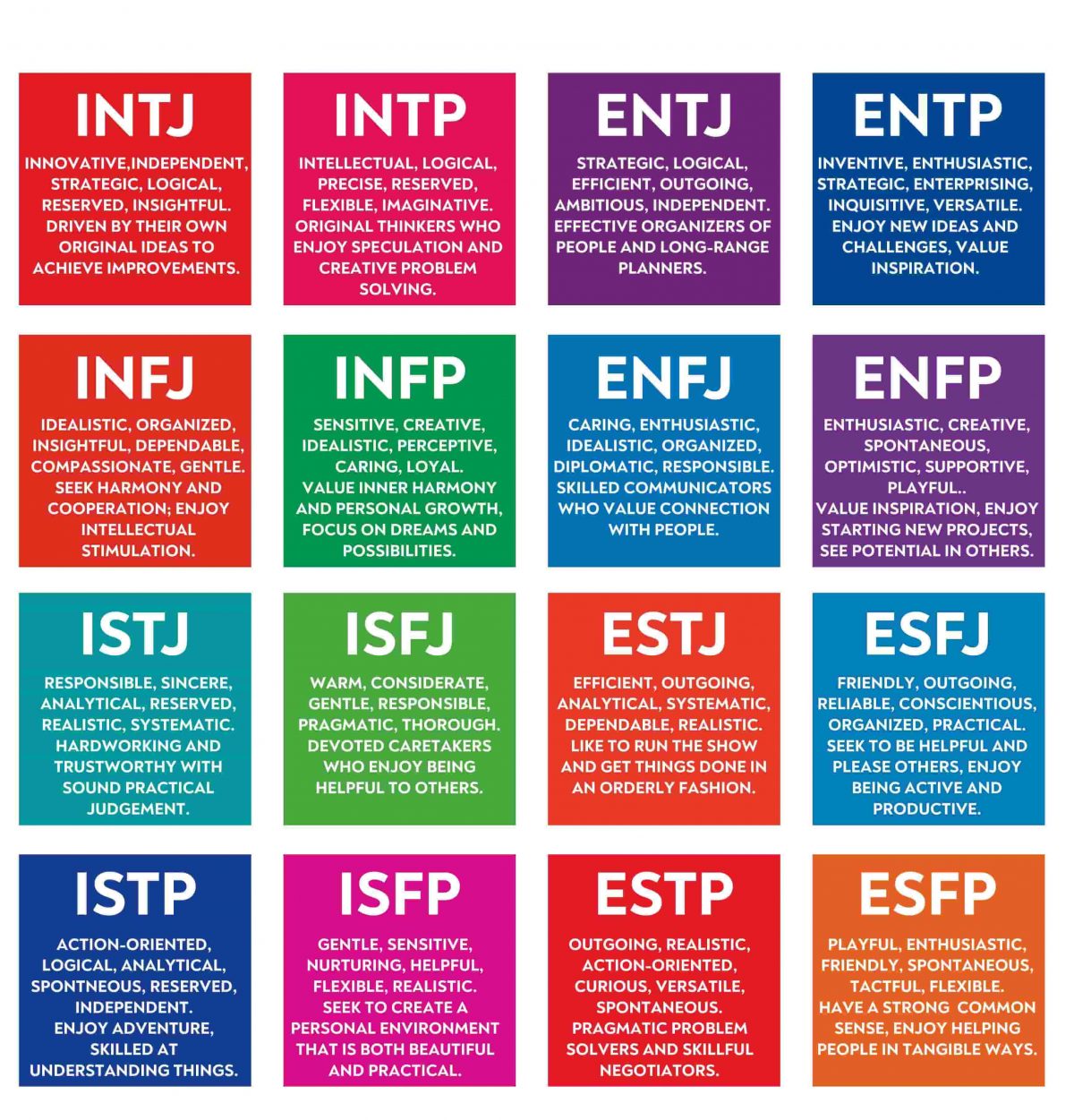
Myers Briggs Personality Test Let’s Explore Your Personality Type!
Explaining the differences between Intuition and Sensing in the 16 Myers-Briggs Personality Types. These are the signs of intuition vs sensing. If you want t.
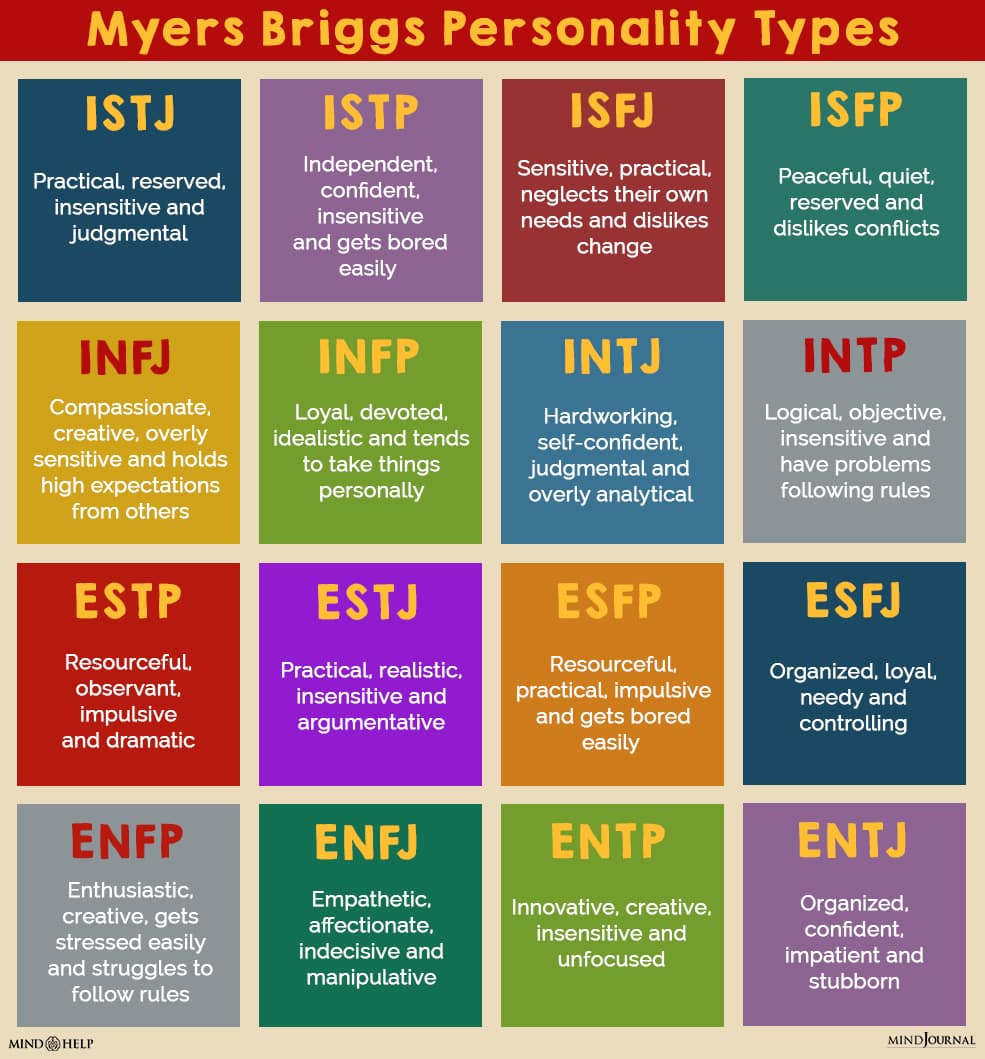
MyersBriggs
One of the primary dichotomies in the Jungian personality taxonomy is intuition (N) vs. sensing (S). It is sometimes cast as a preference for the "big picture" (N) vs. details (S), theory (N) vs. practice (S), or abstract (N) vs. concrete (S) matters.

S vs. N How Does Your MBTI Preference Influence Your Transition
The Myers-Briggs Personality Type Indicator is a self-report inventory designed to identify a person's personality type, strengths, and preferences. The questionnaire was developed by Isabel Myers and her mother Katherine Briggs based on their work with Carl Jung's theory of personality types.

How Your MyersBriggs Personality Type Perfectly Explains You
The Development of the Myers-Briggs Test. The MBTI tool was developed by Isabel Briggs Myers and her mother Katharine Cook Briggs in 1942 and is based on psychological conceptual theories proposed by Swiss psychiatrist Carl Jung in his work, Psychological Types.. Jung's theory of psychological types was based on the existence of four essential psychological functions - judging functions.

MyersBriggs Type Indicator (MBTI)
Myers-Briggs The 16 MBTI system and is the key to understanding type. Learn about process pairs and an overview of how type dynamics works. model is developmental. Discover the pathway for type development over the lifespan. assessment for helping you choose a career and manage career changes at every life stage.